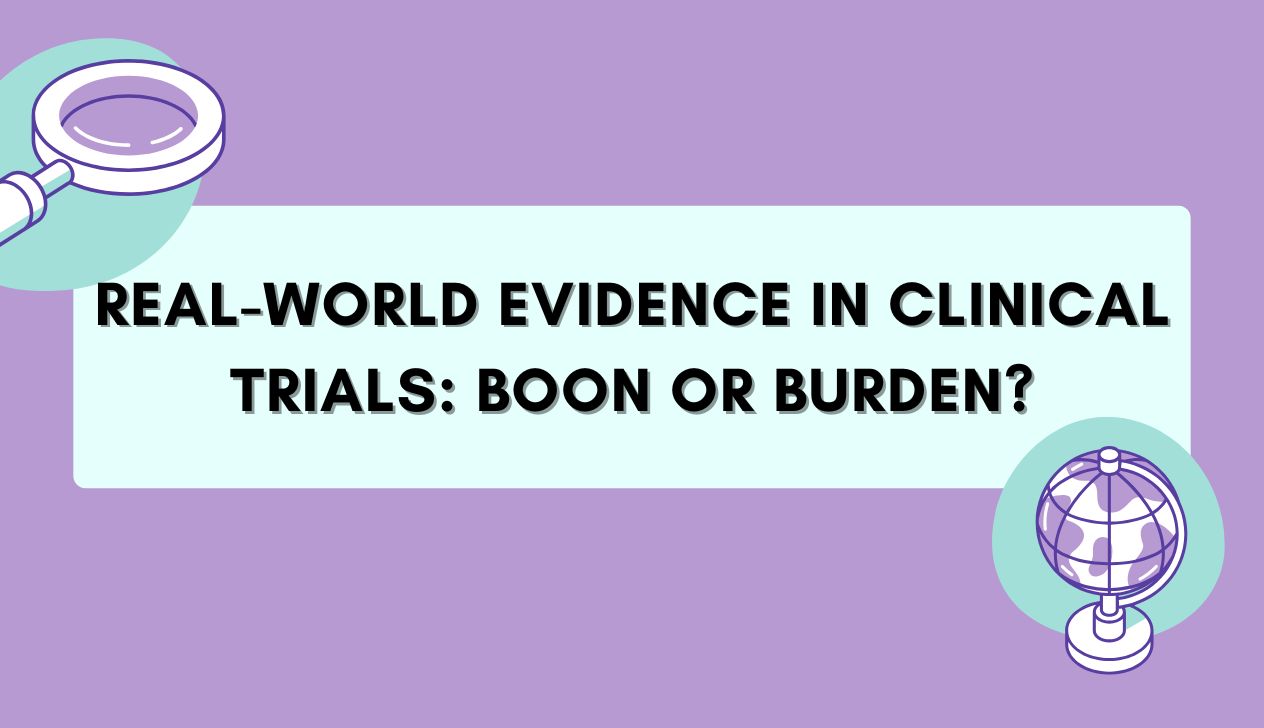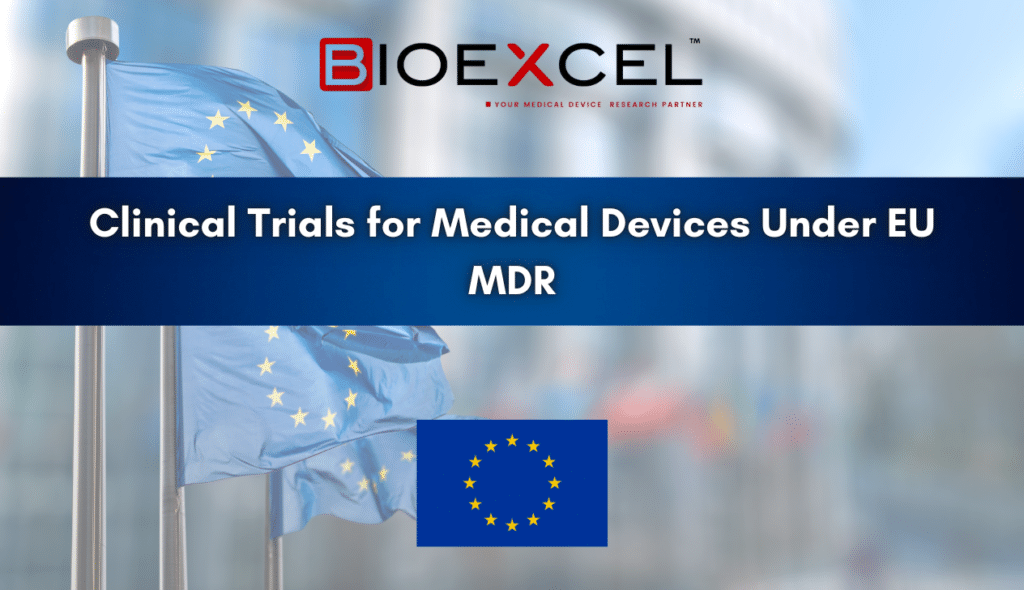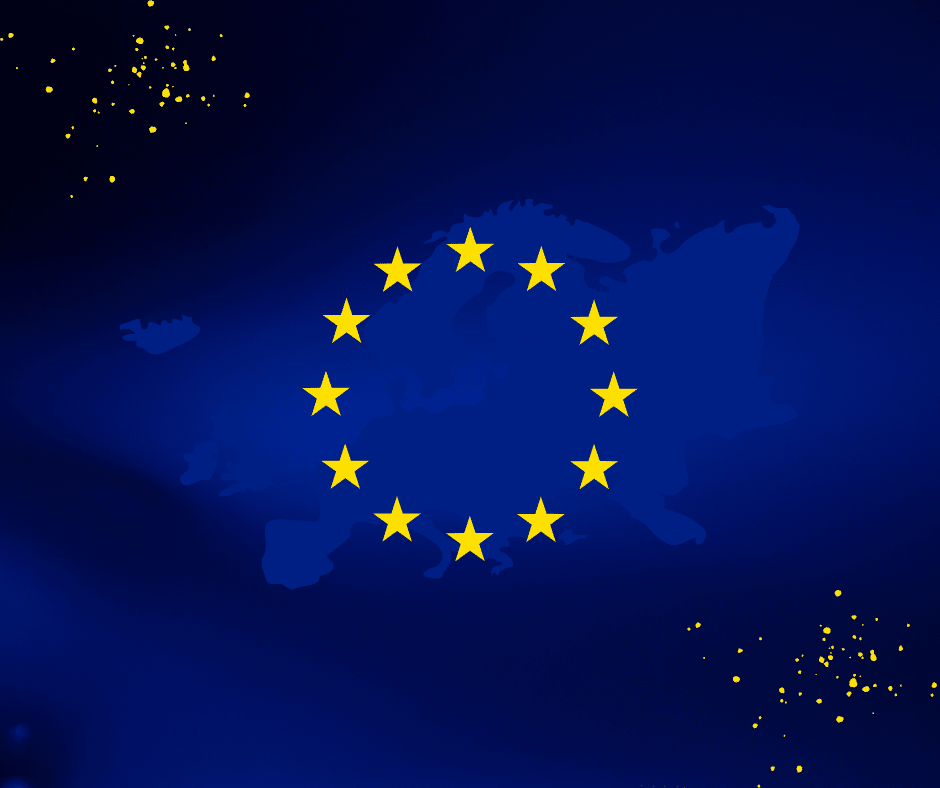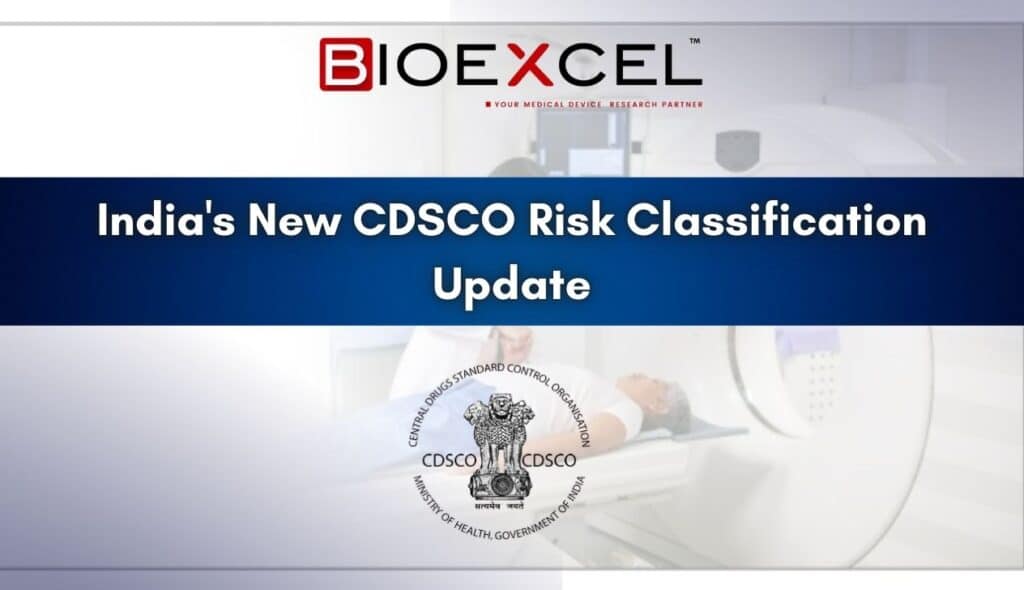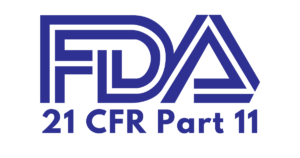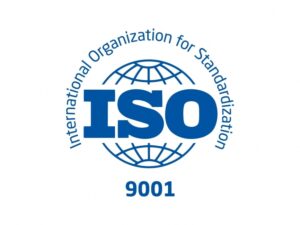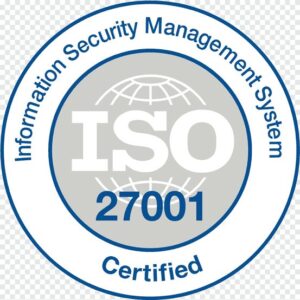Introduction
Clinical researchers increasingly use Real-World Evidence (RWE) to gather data on real-world patient outcomes. RWE gathers clinical data from common healthcare settings, unlike RCTs, which are rigorously controlled. Demand for more inclusive, efficient, and economically feasible evidence generation drives this evolution.
But this change brings up an important question: is RWE a revolutionary step forward in clinical trials, or does it add new problems that make things more difficult for everyone, like data integrity, legal uncertainty, and the need for rigorous analysis? The goal of this blog is to look at both sides of the argument and give a full picture of RWE’s effect on clinical growth.
What is Real-World Evidence?
When you look at Real-World Data (RWD), which is data that wasn’t taken for a traditional RCT, you can get clinical information called Real-World Evidence (RWE). These numbers come from a number of real-life sources, such as
- Electronic Health Records (EHRs)
- Claims and Billing Data
- Disease Registries
- Mobile Health Applications and Wearables
- Pharmacy Dispensing Records
- Home Monitoring Devices
- Patient-Reported Outcomes (PROs)
This kind of data lets researchers and regulators see how well treatments work in real-life clinical situations, taking into account how patients’ behaviours, comorbidities, and treatment adherence can change.
The Boon: How RWE is Revolutionizing Clinical Research
RWE has the ability to completely change how clinical trials, drug development, and evaluations of medical devices are done. How to do it:
1. Enhanced External Validity: RWE includes a larger group of patients, including older people, children, and people with multiple comorbidities who are usually not allowed to take part in clinical studies. This means that the results can be used in the real world more easily.
2. Streamlined Development Timelines: By using current datasets, RWE can cut study times by a large amount and make it easier to gather evidence for regulatory decisions and post-market surveillance.
3. Cost-effective Evidence Generation: Running RCTs often requires a lot of resources. RWE uses data sources that are already out there, which saves money for donors and healthcare systems.
4. Label Expansion and Market Access: Regulatory bodies, such as the USFDA and EMA, are accepting RWE as more and more valid evidence to back label expansions, but there are some conditions that must be met.
5. Post-Market Monitoring and PMCF: RWE is very important for meeting post-market clinical follow-up (PMCF) requirements, especially under EU MDR. It lets producers keep an eye on the performance and safety of their products at all times.
6. Empowerment of Personalised Medicine: RWE can help make treatment plans more personalised and accurate by looking at real-time patient feedback and long-term health data.
The Burden: Critical Challenges of Real-World Evidence

Despite its promise, integrating RWE into clinical frameworks is not without hurdles:
1. Variable Data Quality: Data that is missing, irregular, or not standardised can make it less reliable. The level of detail needed for scientific review might not be present in data collected for billing or operational reasons. When RWE studies don’t use randomisation and blinding like RCTs do, confounding factors and selection bias are more likely to happen.
2. Ethical and Legal Considerations: Patient permission, data ownership, and GDPR compliance are all things that can make it harder to access and use data.
3. Regulatory Uncertainty: Even though RWE is getting more help, regulators are still keeping a close eye on it. Acceptance changes from place to place, and the lack of unified frameworks makes things more difficult.
4. Complexity of the analysis: To avoid bias and make accurate comparisons, complex statistical models like machine learning and propensity score matching are often needed.
5. Operational Integration: Adding RWE processes to regular trial operations can put a strain on current systems and need new standard operating procedures, training for staff, and system upgrades.
With longitudinal health records and real-time patient comments, RWE can help make treatment plans more personalised and accurate.
Academic & Regulatory Perspectives
Academia and regulators are playing an active role in shaping the future of RWE:
- When using RWE for regulatory submissions, the USFDA RWE Framework (2018–2023) stresses openness, repeatability, and clearly stated goals.
- Using real-world data, especially for post-authorisation safety studies (PASS), is a top priority for the EMA’s Big Data Task Force.
- More and more peer-reviewed research supports mixed designs that combine the rigour of RCTs with the openness of RWEs.
These frameworks and studies emphasise the importance of robust study design, data validation, and ethical oversight.
How Bioexcel and Xceltrials Empower Real-World Evidence
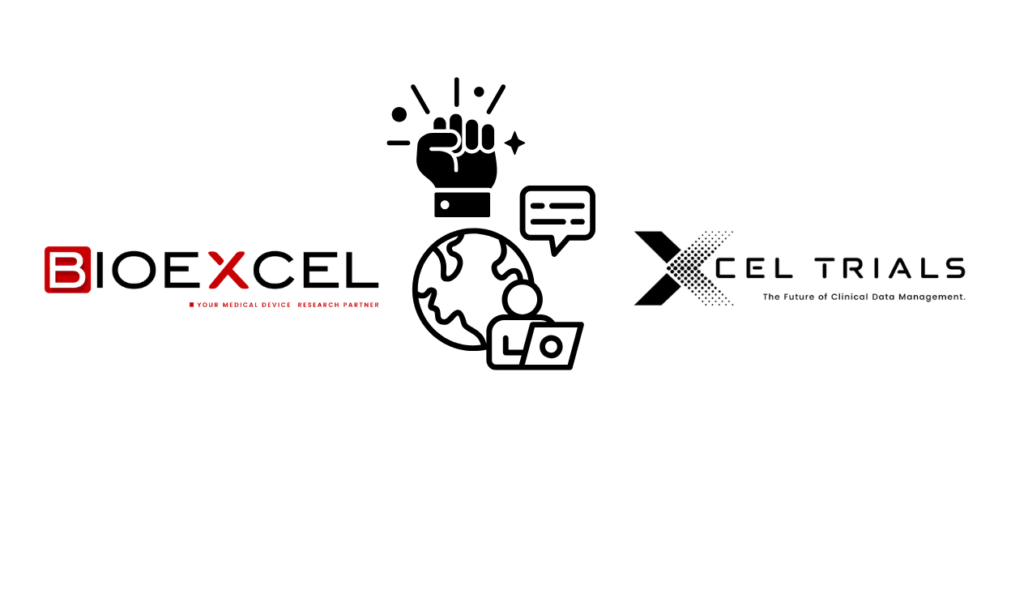
Bioexcel and Xceltrials offer combined solutions to make the best use of RWE, which are at the intersection of innovation and compliance:
- Bioexcel helps manufacturers and sponsors come up with RWE-driven PMCF protocols, build statistical justification, do risk assessments, and meet EU MDR standards.
- The software as a service (SaaS) tool we use, Xceltrials, collects real-world data from remote sites, tracks compliance automatically, and gives regulators and sponsors dashboard-driven insights.
Together, they make it easier to run decentralised, mixed, or registry-based clinical studies quickly and using real-world data. They also make sure that the studies are ready for audits and follow all global rules.
Future Outlook: A Converging Path
Clinical trials may merge RCTs with RWE in the future. AI-powered data curation, blockchain-secured EHRs, and digital phenotyping will improve RWE reliability.
For this potential to be fully realised:
- Clear standardisation of methodologies is critical.
- Strong data governance frameworks must be established.
- Cross-border regulatory harmonisation is needed to reduce ambiguity.
RWE will provide insights about patient behaviour, therapeutic adherence, and real-time health economics as healthcare becomes more personalised.
Conclusion
Is real-world evidence a boon or a burden? The answer lies not in the data itself but in how we collect, manage, analyse and apply it. RWE, when used responsibly and strategically, can empower a new era of inclusive, efficient, and outcome-driven clinical research.
At Bioexcel and Xceltrials, we are committed to helping our clients unlock the full potential of RWE—transforming challenges into catalysts for growth, innovation and better healthcare.


